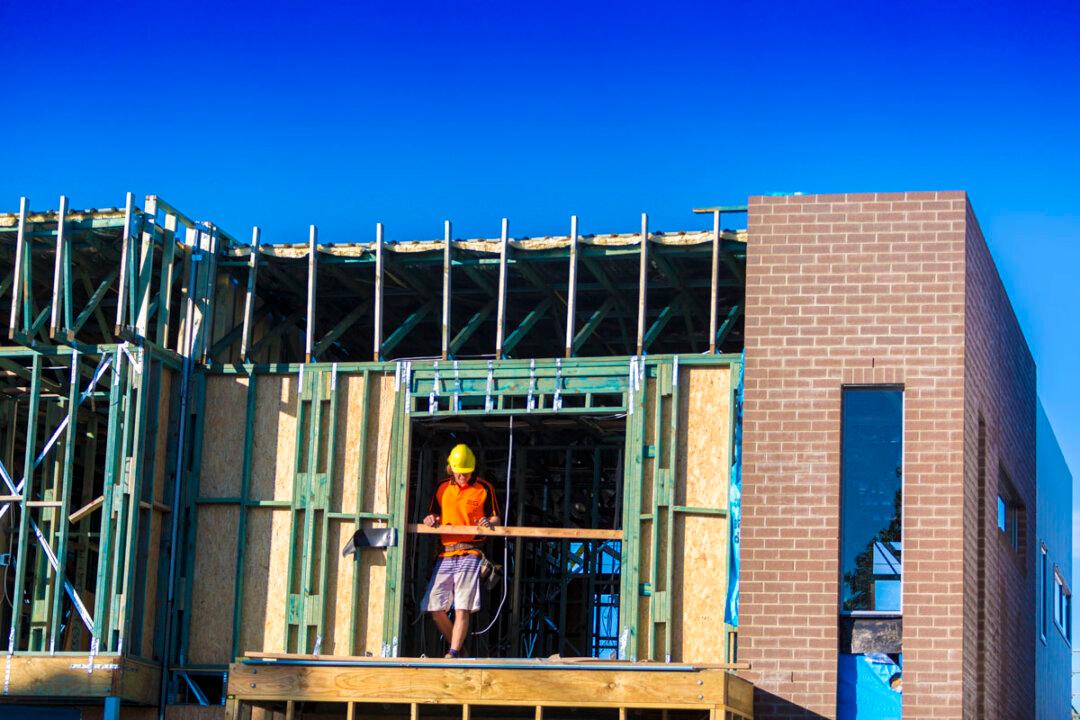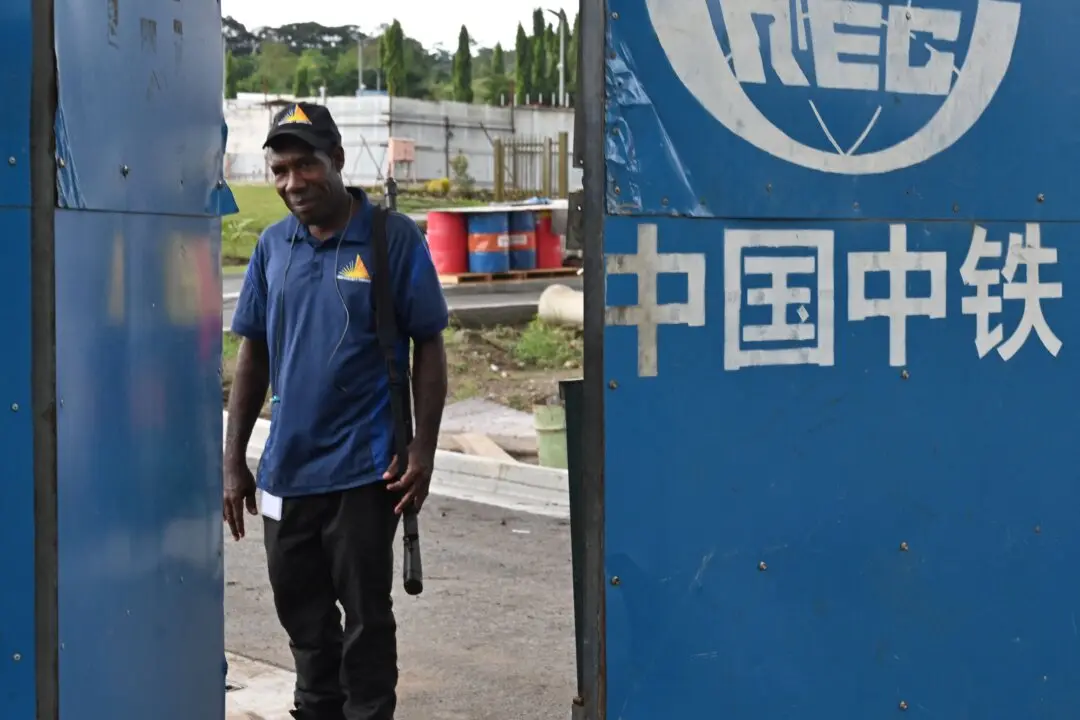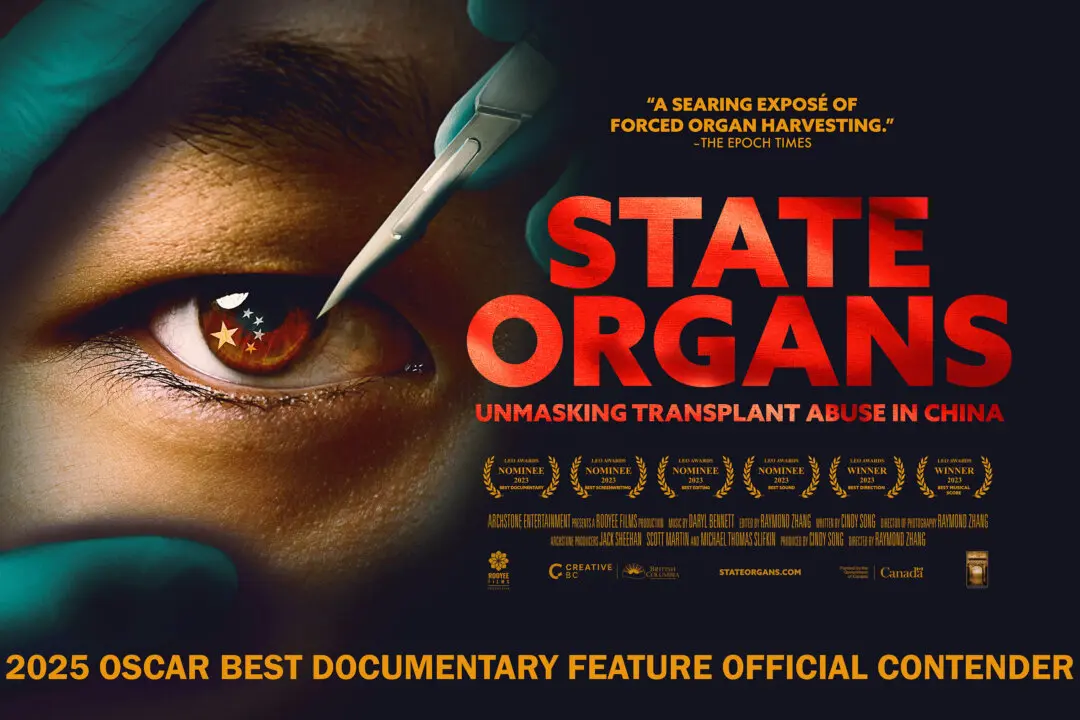Demand for rental properties remains sky high in the capital city of Queensland, Australia, following months of interstate migration from some of the most heavily locked down cities in the country.
The latest figures from the Australian National University and CoreLogic, a property data firm, showed that rental vacancies in the Greater Brisbane area—around 2.5 million people—had dropped to 1.0 percent in August and 0.9 percent in July.





